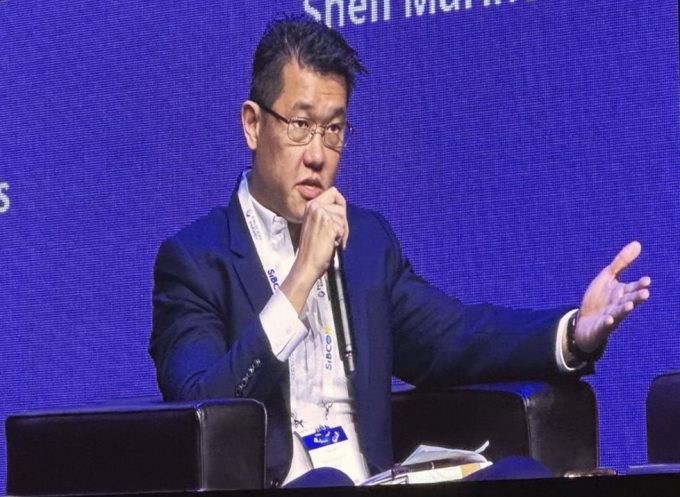Greener shipping – 'further work needed', but all still to play for
Last week’s International Maritime Organization (IMO) ISWG-GHG 18 meeting left little decided and much still ...

Singapore’s Pacific International Lines (PIL) is opting for LNG dual-fuelling in its newbuildings, as it believes bio-methane will emerge as a viable green fuel.
Chia Yujin, PIL’s head of sustainability, decarbonisation and marine fuels, said at the Singapore International Bunkering Conference and Exhibition today that bio-methane could also power LNG dual-fuelled vessels, and thus extend the lifespan of recently ordered vessels well into the 2040s.
The regional carrier, has four 14,000 teu, five 13,000 teu and four 8,200 teu LNG dual-fuelled containerships ...
'Disastrous' DSV-Schenker merger would 'disrupt European haulage market'
New senior management for DSV as it readies for DB Schenker takeover
Volumes set to 'fall off a cliff' as US firms hit the brakes on sourcing and bookings
Asian exporters scramble for ships and boxes to beat 90-day tariff pause
Amazon pushes into LTL for small package fulfilment and UPS does a u-turn
Temporary tariff relief brings on early transpacific peak season
Pre-tariff rush of goods from US to China sees air rates soar, but not for long
Forwarders 'allowing the fox into the chicken run' by supporting 'hungry' carriers

Comment on this article